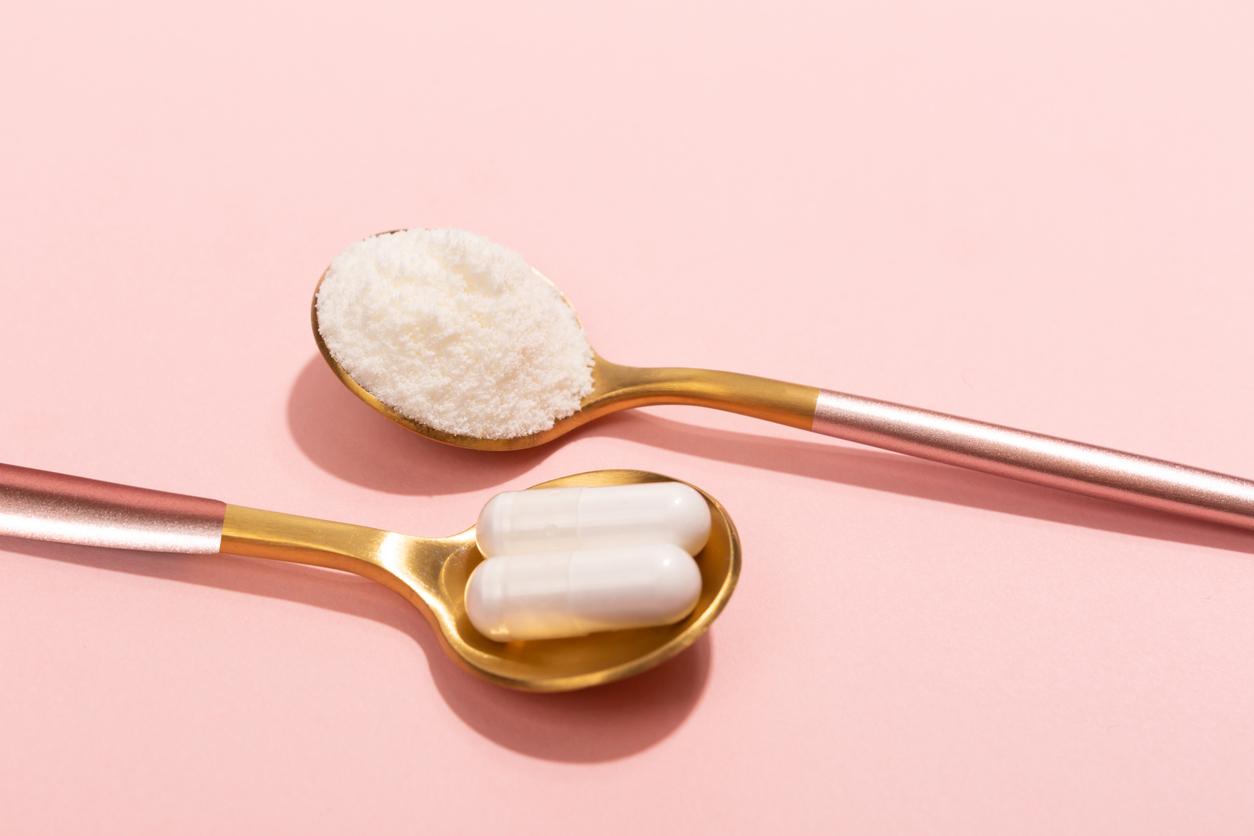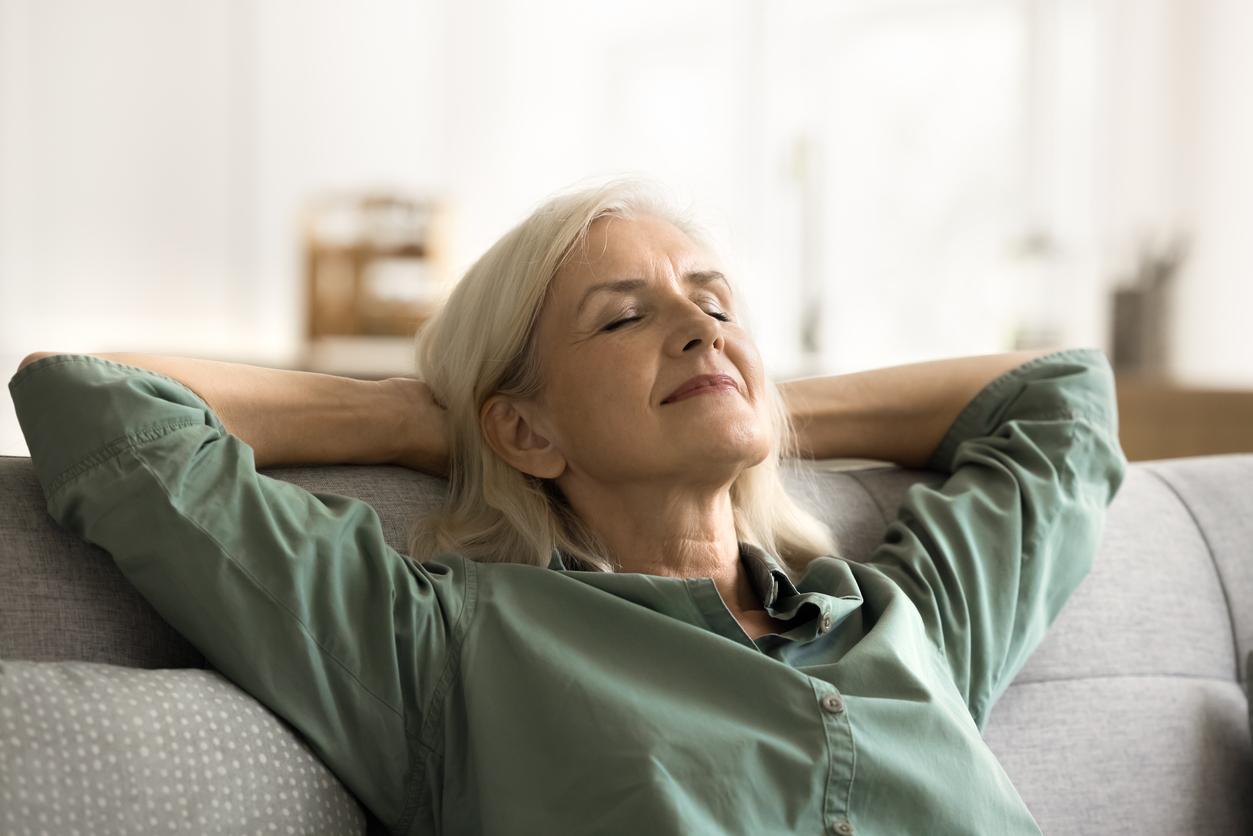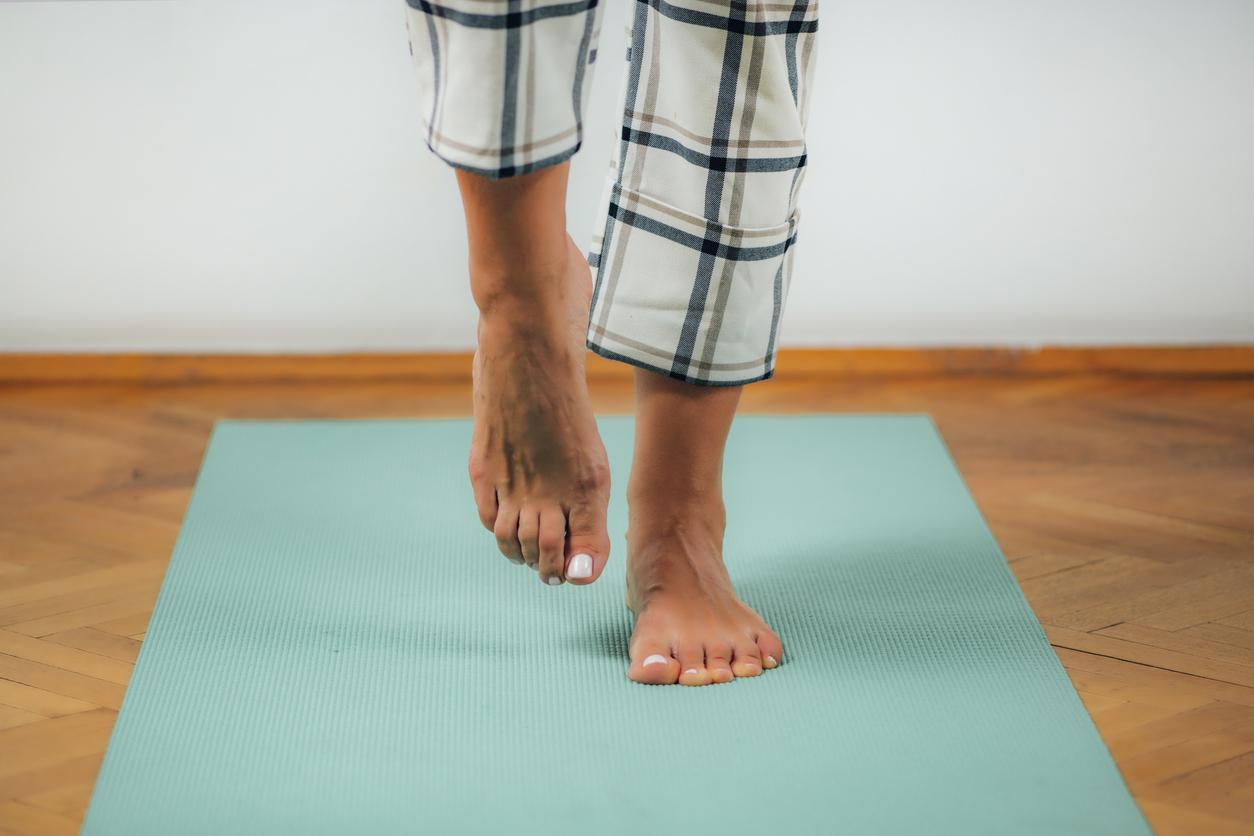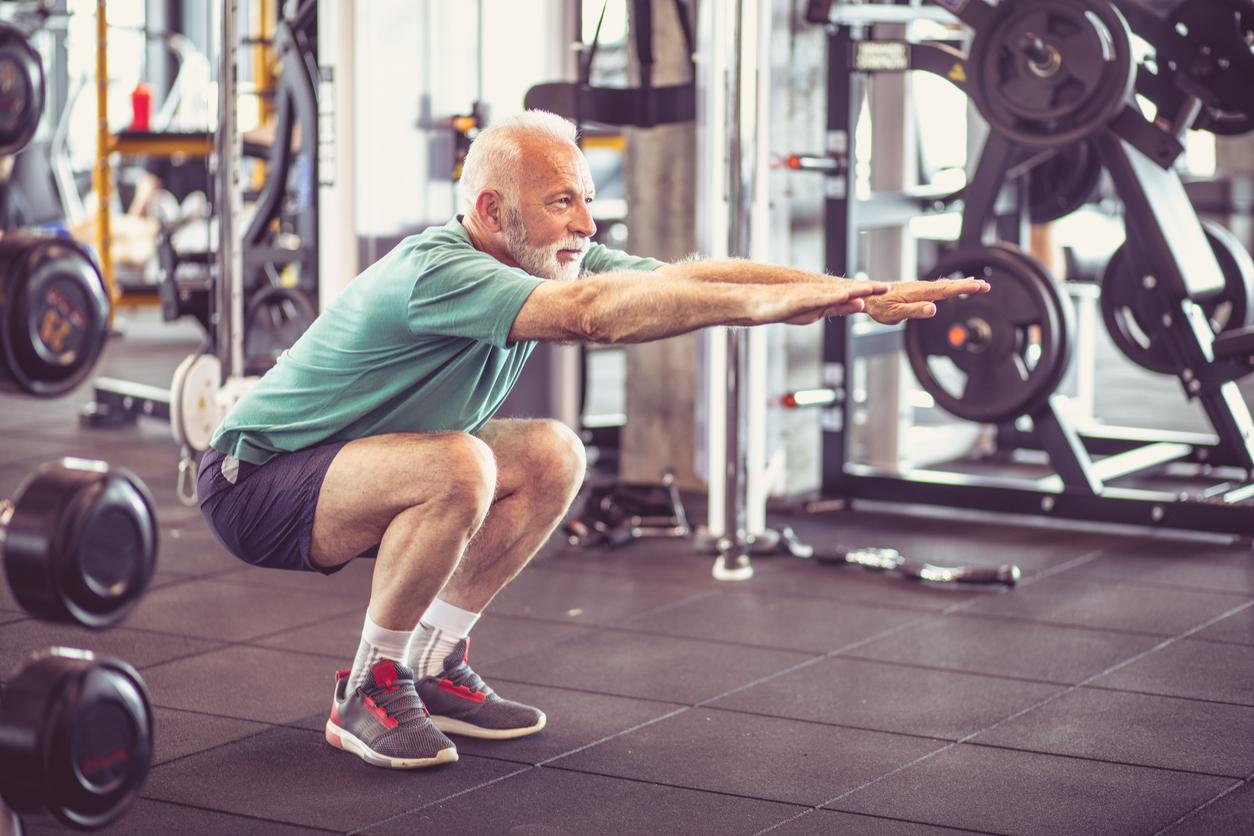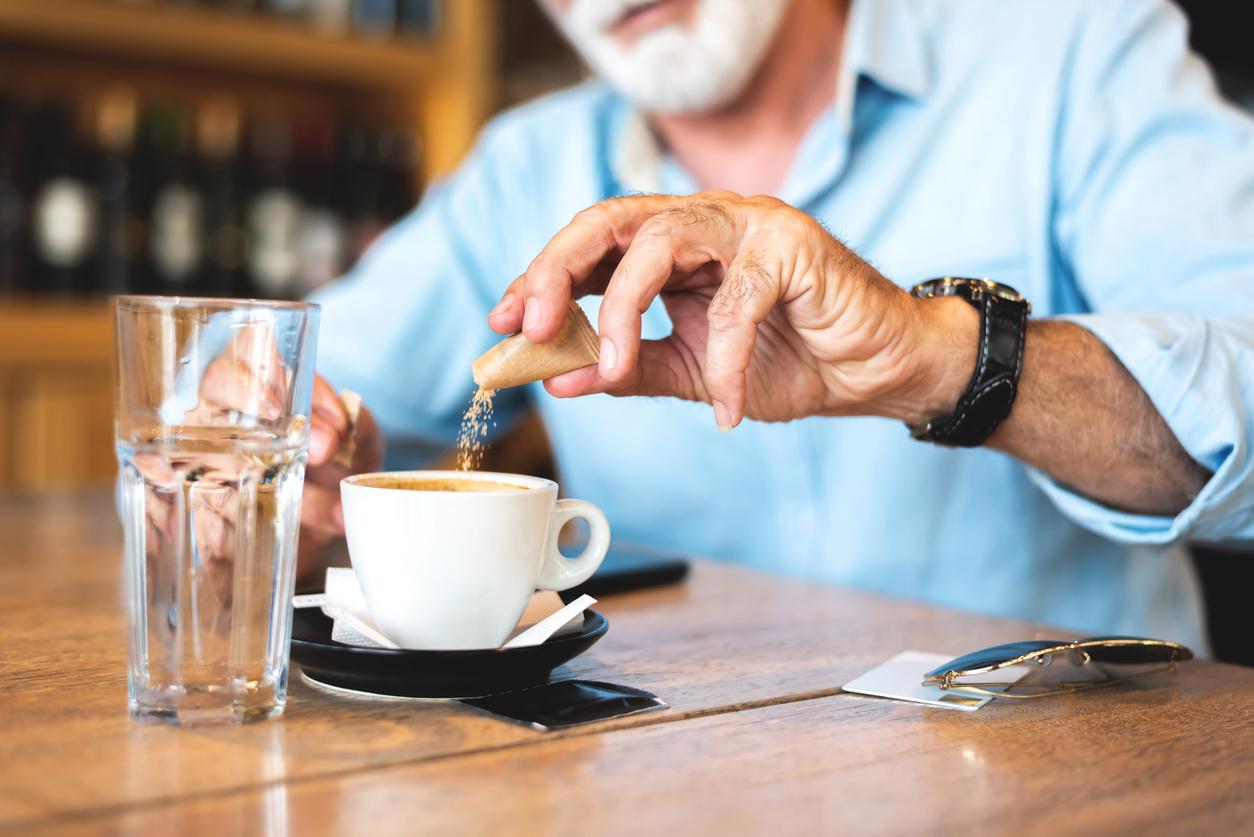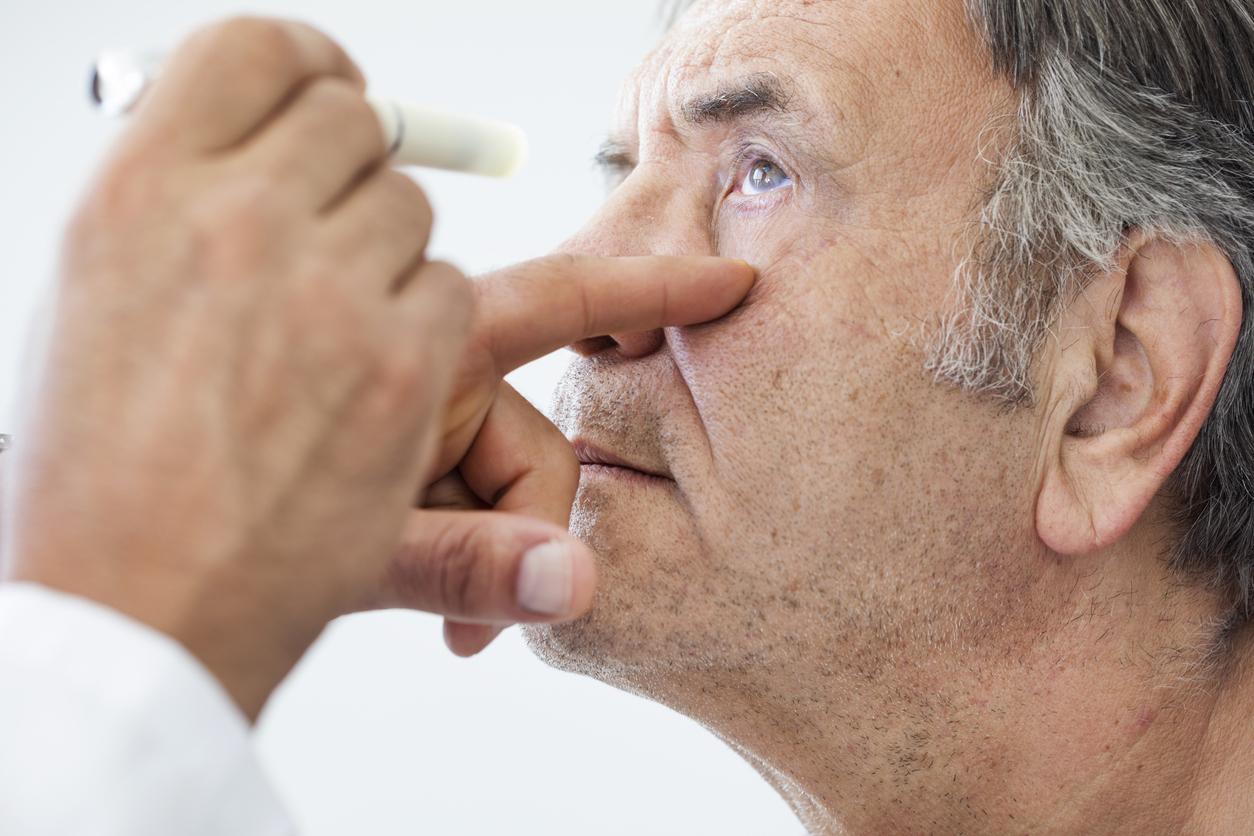Getting into the habit of physical activity, both in adolescence and in old age, helps prevent this loss of muscle mass and strength during aging.
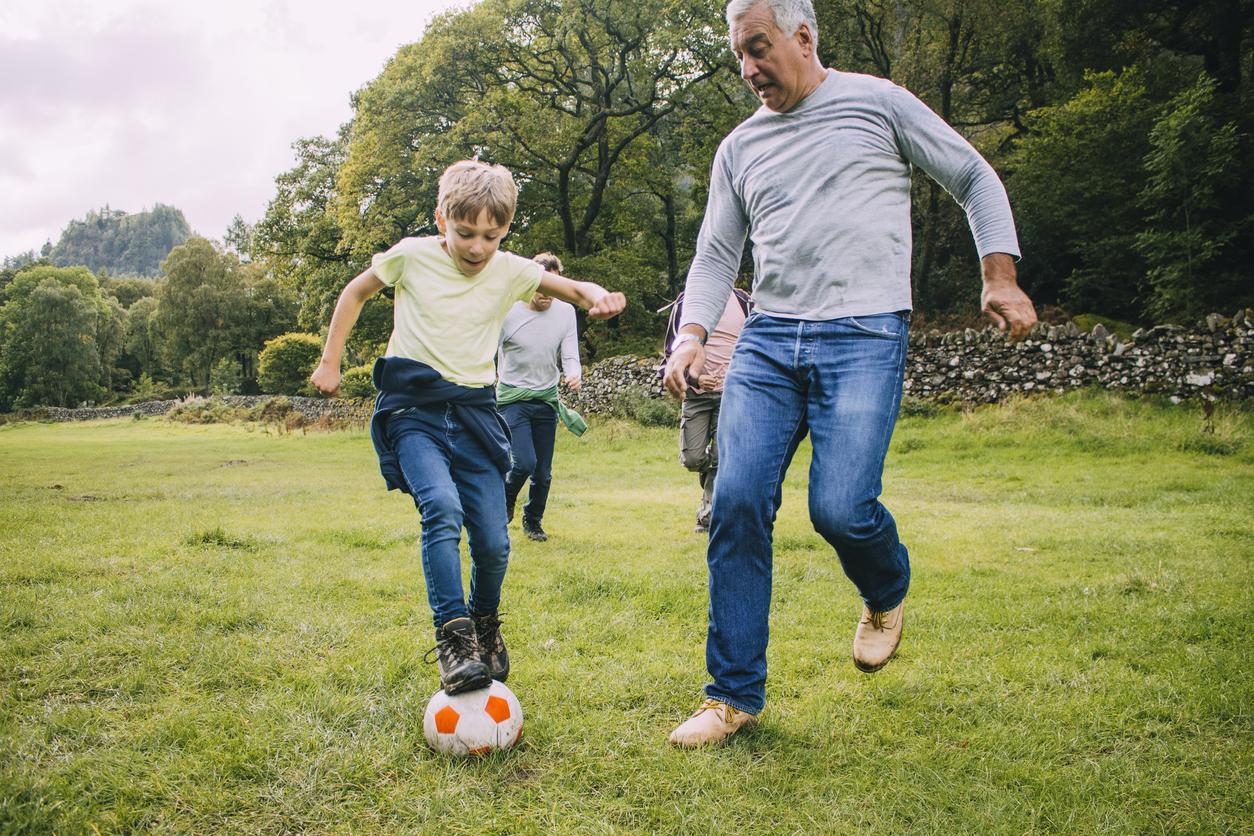
- Sarcopenia, the loss of muscle mass and strength in older people, can be prevented if they exercise in adolescence and old age.
- Doing physical activity during these two periods allows men to have better muscle mass and better muscle performance.
- On the other hand, in women, it only reduces the risk of exhibiting poor muscle performance.
During adolescence, our muscles continue to develop. After the age of 30, their mass decreases by about 1% per year in healthy adults, according to Bordeaux University Hospital. From the age of 50, this process accelerates. Clearly, muscle mass and function decrease significantly. “Beyond a certain threshold, this phenomenon is called sarcopenia.” This pathology has a strong impact on the quality of life of patients. The reason is simple: it has an impact on physical performance, promotes gait disorders, falls and fractures, which can lead to disability and dependence.
Physical activity: examining the habits of 1,607 older people
According to researchers from Juntendō University (Japan), older people with a habit of exercising during their youth and as they age may have a low risk of developing sarcopenia. To reach this conclusion, they carried out a study published in the journal Journal of Cachexia, Sarcopenia and Muscle. As part of their work, the scientists recruited 1,607 Japanese, including 679 men and 928 women aged 65 to 84.
For research purposes, participants underwent a comprehensive medical examination that included measurements of skeletal muscle index, grip strength, and walking speed. Then they were divided into four groups based on their exercise habits in adolescence and older age: no exercise in adolescence, physical activity in older age, sport in adolescence and exercises in both periods. “Low muscle performance was defined as low muscle strength and/or low walking speed”the team said.
Sarcopenia: men who exercise throughout their life have a lower risk
According to the results, 6.6% of men and 1.7% of women had sarcopenia. The authors found that weakness in muscle mass was predominant in 14.3% of men and 5.2% of women and weakness in muscle performance was observed in 25.6% of men and 19.6% of women. women.
In men, the risks of developing sarcopenia were significantly lower in the group who exercised during their teens and older ages. They also had better muscle mass and better muscle performance. In contrast, older women who exercised during both periods of their life only had a lower risk of poor muscle performance.
“By making people aware that instilling the habit of exercising in their teens can prevent several problems later in life. In the long run, exercise during teens has the potential to improve the quality of life of the elderly by ensuring the maintenance of their skeletal muscle function”concluded Yoshifumi Tamura, author of the study, in a statement.









